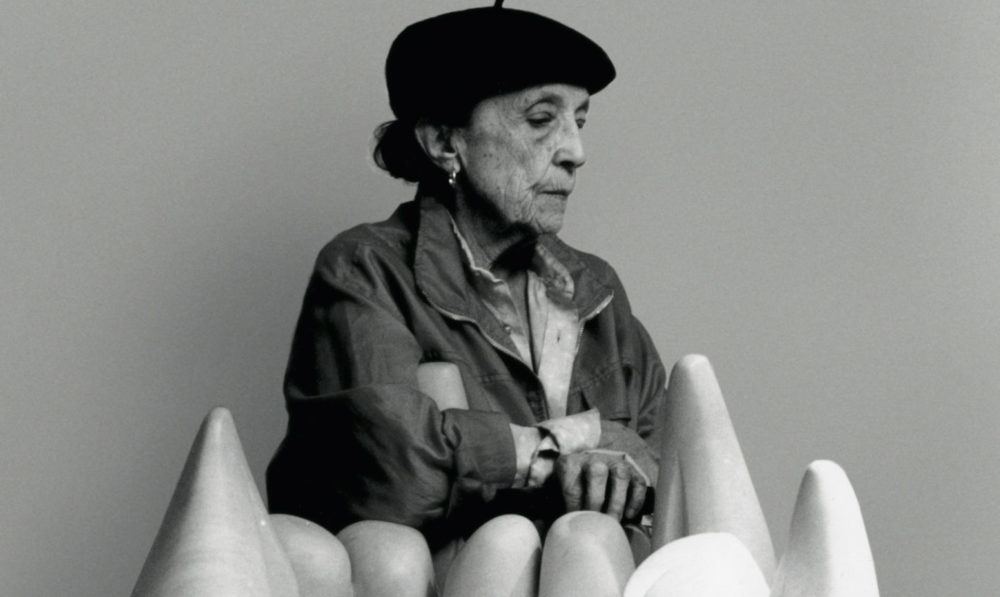Anton Chekhov (29 January 1860 – 15 July 1904), one of the greatest playwrights wrote his major works from 1894 until his death in 1904 - during cinema's first decade. He never wrote for the screen, though it is tempting to imagine what they may have looked like; his skill at charting subtle changes in relationships, emotions, memories and actions as well as the challenge and requirements of performing his works, such resources may have been a perfect fit for Chekhov's artistry. Pera Film in collaboration with Seagull Films is presenting The Sky Sparkles: In Praise of Chekhov, a program of films surveying Chekov’s accomplished works, through the lens of predominantly Soviet and Russian filmmakers. One of the watchwords of 19th century literature was the idea of "realism," an attempt to focus on the triumphs and tragedies of unremarkable, rather everyday people. Chekhov was very dedicated to promoting an idea of realism in his theatrical work, and to better serve his plays the Moscow Art Theater under Konstantin Stanislavsky, with whom his work was closely associated, developed a new approach to acting that later became known in the United States as "method acting." The program includes one of Russia's finest contemporary filmmakers Karen Shaknazarov’s provocative update of a Chekhov story, Ward No. 6 which was Russia’s official Academy Award nominee for Best Foreign Language film in 2009. Other highlights in the program are Andrei Konchalovsky's magnificent version of Uncle Vanya as well as his brother Nikita Mikhalkov's brilliant An Unfinished Piece for the Player Piano based partly on Chekhov's lesser-known play Platonov. Chekhov's Motifs, a free adaptation of Tatiana Repina, proves to be one of Kira Muratova's most innovative works. Nuri Bilge Ceylan’s Winter Sleep inspired by Chekhov’s stories and also Louis Malle’s last film Vanya on 42nd Street accompanies the program. The Sky Sparkles journeys through the work of one of the most celebrated figures in the history of literature, Anton Chekhov whose craft today remains of great relevance.

in collaboration with
January 29
19:00 The Lady with the Dog
January 30
14:00 Uncle Vanya
February 6
14:00 An Unfinished Piece for the Player Piano
16:00 Ward # 6
February 7
14:00 Chekhov's Motifs
February 10
19:00 A Hunting Accident
February 12
20:00 Vanya on 42nd Street
February 13
14:00 A Hunting Accident
16:00 The Lady with the Dog
February 14
15:00 An Unfinished Piece for the Player Piano
February 19
20:00 Chekhov's Motifs
February 20
17:00 Uncle Vanya
19:00 Vanya on 42nd Street
February 26
20:00 Ward # 6
February 27
14:00 Winter Sleep
January 29
19:00 The Lady with the Dog
January 30
14:00 Uncle Vanya
February 6
14:00 An Unfinished Piece for the Player Piano
16:00 Ward # 6
February 7
14:00 Chekhov's Motifs
February 10
19:00 A Hunting Accident
February 12
20:00 Vanya on 42nd Street
February 13
14:00 A Hunting Accident
16:00 The Lady with the Dog
February 14
15:00 An Unfinished Piece for the Player Piano
February 19
20:00 Chekhov's Motifs
February 20
17:00 Uncle Vanya
19:00 Vanya on 42nd Street
February 26
20:00 Ward # 6
February 27
14:00 Winter Sleep
Program Trailer

Pera Museum, in collaboration with Istanbul Foundation for Culture and Arts (İKSV), is one of the main venues for this year’s 15th Istanbul Biennial from 16 September to 12 November 2017. Through the biennial, we will be sharing detailed information about the artists and the artworks.
Tuesday - Saturday 10:00 - 19:00
Friday 10:00 - 22:00
Sunday 12:00 - 18:00
The museum is closed on Mondays.
On Wednesdays, the students can
visit the museum free of admission.
Full ticket: 300 TL
Discounted: 150 TL
Groups: 200 TL (minimum 10 people)